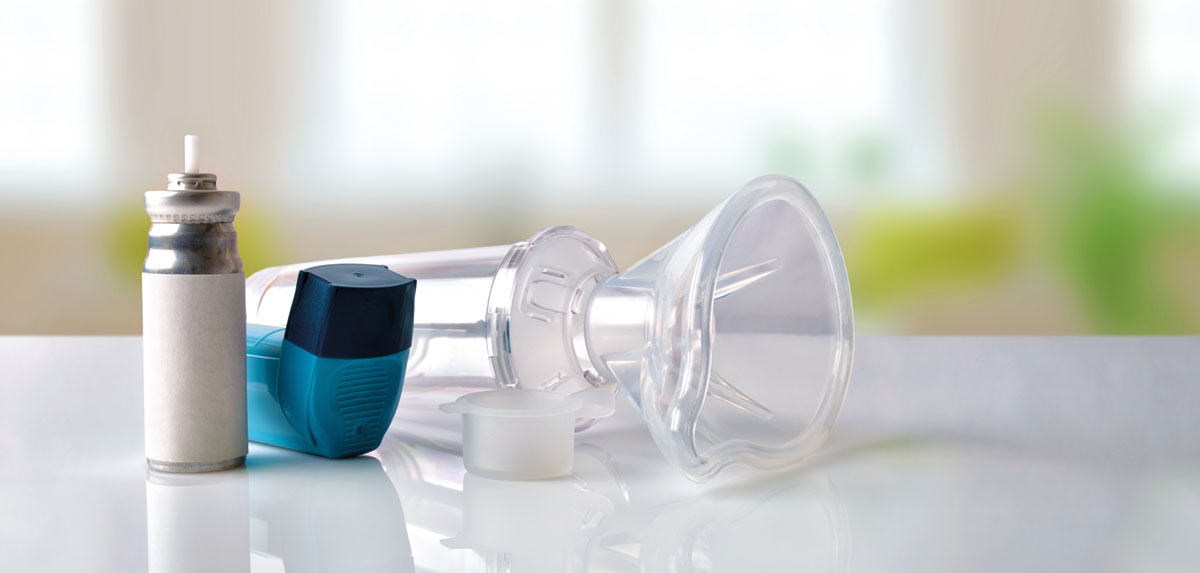Phospholipids in Pulmonary Formulations
Phospholipids, in particular saturated phospholipids like dipalmitoylphosphatidylcholine (DPPC), are the main components of lung surfactant. As endogenous molecules they provide unique advantages for pharmaceutical formulations. They are biocompatible, biodegradable, and recognized as safe for pulmonary drug delivery [1].
The administration of phospholipids to the lungs has proven successful for decades in the treatment of pathological conditions characterized by a lack of phospholipids in the lung tissue, especially in the alveoli, as in the case of respiratory distress syndrome (RDS) [2]. Pulmonary drug delivery is the preferred route of administration for the local treatment of respiratory disorders such as respiratory distress syndrome, asthma, and chronic obstructive pulmonary disease (COPD).
It is also gaining interest for the systemic delivery of low molecular weight compounds, peptides, and potentially proteins, as it allows fast absorption, low metabolism rates and avoids invasive administration routes [3]. Phospholipids are further used as technical excipients, acting as solubilizer or dispersant, for stable drug formulations. They may serve as structure-giving agents and to improve the physical characteristics of drug delivery systems. Moreover, phospholipids can modulate the pharmacokinetics of a drug by enabling a sustained drug release or enhancing the drug permeability through the lung epithelium [4,5].
Phospholipids are flexible excipients: depending on the headgroup and the fatty acid composition, they harbor different characteristics such as phase transition temperature, size, and polarity. Chemical modifications, e.g. pegylation, further expand their versatility. The selection of a distinct lipid composition enables the generation of formulations with applicationoptimized specific properties.
